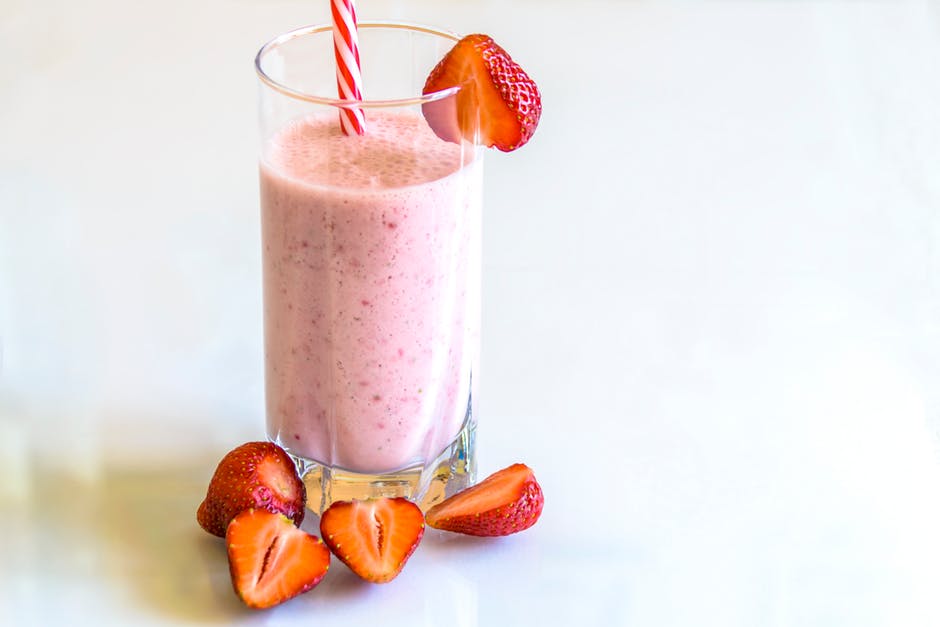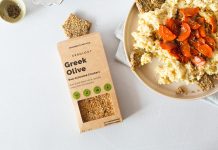Are you tired of paying through the nose for healthy snacks and drinks? Do you need to find ways to save money and stay in shape?
In the next five years, the global market for smoothies could climb to $17 billion or more. That’s a crazy amount of money for something you can make at home.
If you’re tired of spending too much on smoothies, this article is for you. We’ll give you an inside look at making on the go smoothies and help you make your New Year’s resolutions come true!
Table of Contents
Can Smoothies Be a Meal Replacement?
It’s totally possible to replace one meal per day with a protein-rich smoothie. Just make sure you eat normally for the rest of the day.
You can make high-protein smoothies by adding nut butter, protein powder, or even an egg or two. If you’re going to freeze your smoothies, however, stick to non-dairy ingredients. You don’t want to encourage bacterial growth.
If you just want to hydrate after working out, you should cut down on the protein and focus on fruit. An example of a hydrating smoothie would be a banana-orange mix that’s made with non-dairy milk like:
- almond
- cashew
- oat
- soy
To make a smoothie, you’ll need a high-power blender and a portable cooler. That way, you can take your drinks to work and they’ll be ready to drink when you need them.
Instead of buying a brand-name cooler, look for ones that are similar quality but cost less.
How Much Protein Is Too Much?
The key to making a good smoothie to go is experimentation. You may already have an idea of the ingredients you prefer, but you may have to rely on trial and error to craft the perfect drink.
For a meal replacement smoothie, aim for at least 15 g of protein. That’s the equivalent of one half-cup of Greek yogurt or a half-cup of cottage cheese.
It may seem strange to put cottage cheese into a smoothie, but you’ll get a smooth texture that packs a protein punch.
Sunflower seeds, chia seeds, and almonds are also great high-protein additions to any smoothie. If you’re going to use them, blend them in a cup of your main liquid to make sure they break down all the way.
Another option is to use a protein supplement. If you’re vegan, make sure you check the label because many protein powders contain whey, a dairy product.
If the list of ingredients has chemicals in it, just skip it.
To Carb or Not To Carb? That Is the Question
Whether you’re making protein-powered breakfast shakes or perfect fruit smoothies, you’re probably not adding any grains.
It sounds so strange to us that cooked quinoa or oats would work well in a smoothie, but they do.
For every two cups of liquid, you should add one-quarter cup of cooked grains. Quinoa is a delicate grain that has an impressive list of qualifications:
- contains all nine essential amino acids
- high in fiber
- gluten-free
- 8 g of protein per cup
Quinoa has a nutty flavor that pairs well with peanuts. Oatmeal goes well with almonds, and rice can pair with yogurt and most fruits.
If you’ve never had a grain-based smoothie, try it the next time you make a batch. Carbs aren’t bad for you in small amounts.
Unusual Ingredients for On The Go Smoothies
As you build your smoothie recipe, you might want to try a few exotic ingredients. They’ve probably never crossed your mind, but there are several foods that could amp up your smoothie routine.
One of the classic “weird” smoothie ingredients is sweet potatoes. If you’re trying to cut down on sugar, you should give these root vegetables a quick try. They lend any smoothie a sweet flavor and a silky texture.
Some other good options for veggie additions include cauliflower and beets. Cooked thoroughly and diced, they give your smoothie a nutrient boost.
Beets are sweet tasting and are recommended for people with diabetes.
Other diabetic-friendly add-ins include:
- chia seeds
- leafy greens like kale and collards
- eggs
- Greek yogurt
Even if you don’t have diabetes, you should avoid adding sugar to your smoothies. Instead, opt for agave syrup, maple syrup, or even honey, which is both anti-bacterial and anti-inflammatory.
Get Started With a Healthier Diet
If you’re tired of feeling sick and worn out, it’s definitely time to start a smoothie and workout routine. To get a jump-start on improving your health, start with a solid week of “green smoothies.”
Baby kale is a popular ingredient for veggie-based smoothies. It pairs well with bananas and cooked oats. If you find that it’s too bitter, you can soak it in cold water for a few hours before using it.
Another option for a leafy green shake is to use Swiss chard. It would go well with almonds and cashew milk. Swiss chard is also great for people who have diabetes because it lowers blood sugar.
If you’re not into blending up leafy greens, you can invest in a supplement powder that’s made from seaweed and green veggies. Seaweed is another mighty, mighty food that’s surprisingly high in a healthy fat called “Omega-3.”
Pro Tips for Smoothie Experts
As you experiment with on the go smoothies, keep one thing in mind. You don’t need to have more than a few ingredients.
If your smoothies are tasting like a full-on fruit salad, start to remove ingredients until you have a better balance. Most of the time, a banana and a few strawberries are enough to get you through.
Another pro tip is to buy frozen fruit. It’s often in better condition than fresh fruit because it’s frozen right after it’s picked. It’s also a good replacement for ice. Who wants a watered-down smoothie?
If you’re the type of person who forgets to use fresh fruit in time, just switch to the frozen variety.
Now that you know all about saving money and making smoothies at home, check out our other blogs.
We’ve got insider info on everything from planning family nights to getting in shape.



















